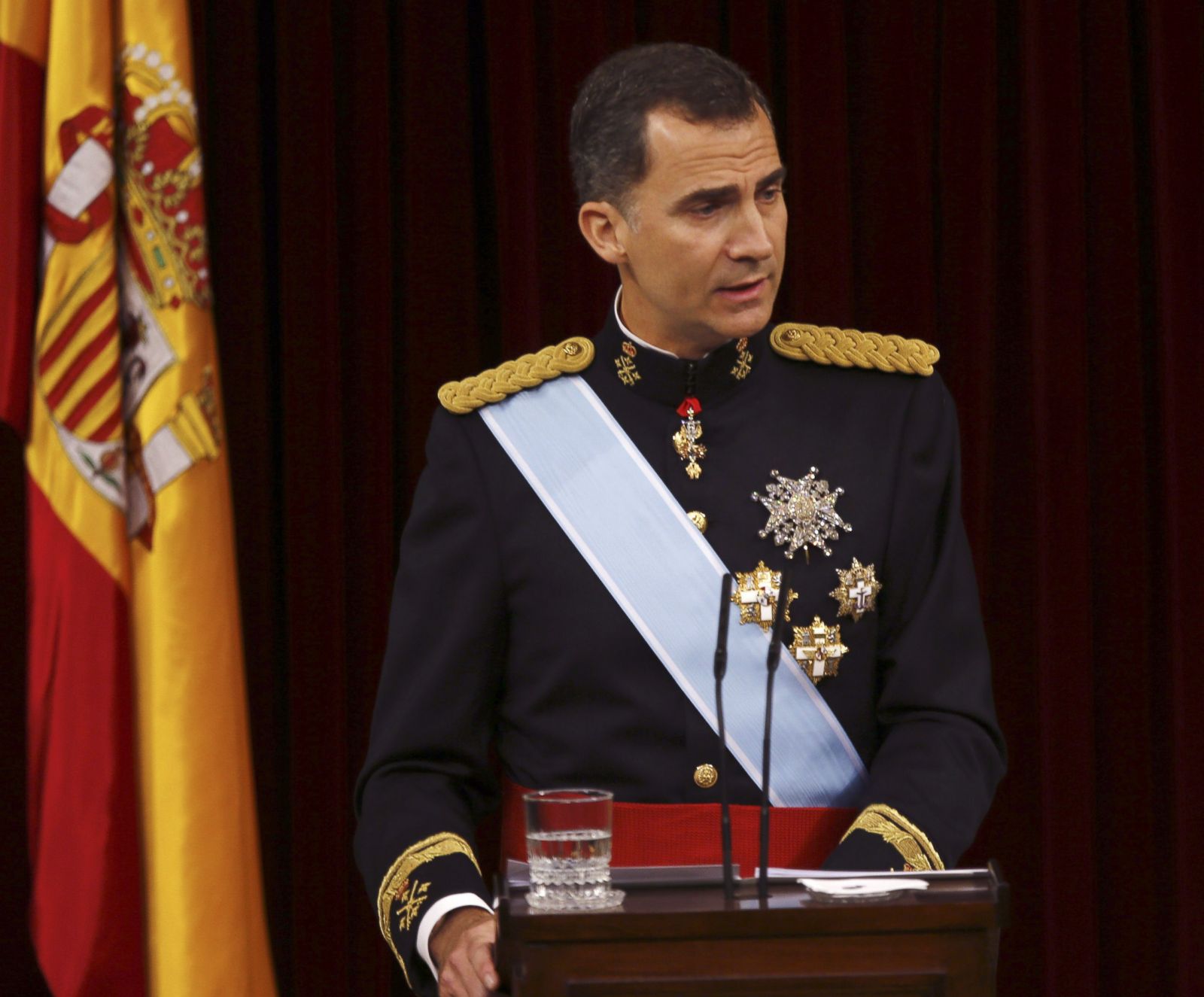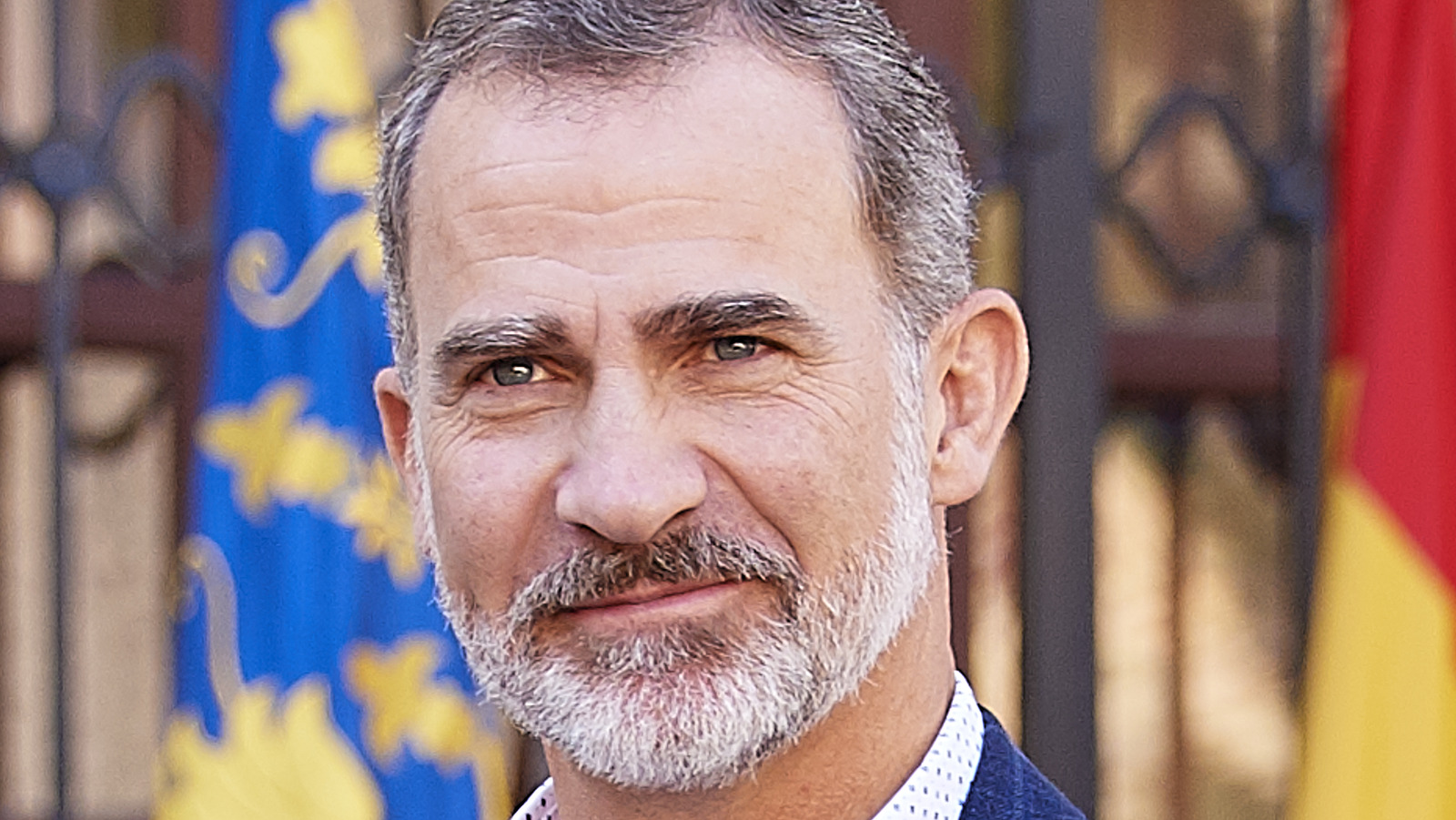Historical Significance

The Spanish monarchy has a long and illustrious history, dating back to the Middle Ages. The first King of Spain, Ferdinand II of Aragon, was crowned in 1479 after marrying Isabella I of Castile. The marriage of these two monarchs united the two largest kingdoms in Spain and laid the foundation for the modern Spanish state.
Under the reign of Ferdinand and Isabella, Spain became a major power in Europe. The Spanish monarchy played a key role in the exploration and colonization of the Americas, and Spain became one of the richest and most powerful empires in the world.
The King of Spain, Felipe VI, is a distant cousin of Prince Harry. The two men share a common ancestor in King George I of Greece. Prince Harry is also a descendant of King Edward VII of the United Kingdom, who was the great-grandfather of King Felipe VI.
The King of Spain is a constitutional monarch, while Prince Harry is a member of the British royal family.
Evolution of the Spanish Monarchy, King of spain
The Spanish monarchy has undergone a number of changes over the centuries. In the 16th century, the Spanish monarchy became a Habsburg dynasty, with the accession of Charles V to the Spanish throne. The Habsburgs ruled Spain for over two centuries, and during this time Spain reached the height of its power.
In the 18th century, the Spanish monarchy passed to the Bourbon dynasty. The Bourbons ruled Spain until the 19th century, when Spain became a republic. The monarchy was restored in 1874, and the current King of Spain, Felipe VI, ascended to the throne in 2014.
King Felipe VI of Spain, who was born in 1968, has been the reigning monarch since 2014. Interestingly, he shares the same birth year as the renowned tennis player Novak Djokovic, who recently made headlines for his djokovic age.
Djokovic, who is known for his exceptional skills and longevity in the sport, has won 23 Grand Slam titles and is considered one of the greatest tennis players of all time. King Felipe VI, on the other hand, has been praised for his dedication to public service and his role in modernizing the Spanish monarchy.
Key Events and Figures
There have been many key events and figures in the history of the Spanish monarchy. Some of the most important include:
- The marriage of Ferdinand II of Aragon and Isabella I of Castile in 1479, which united the two largest kingdoms in Spain.
- The reign of Charles V, who ruled Spain from 1516 to 1556 and was one of the most powerful monarchs in European history.
- The Spanish Armada, which was defeated by the English in 1588 and marked the beginning of the decline of Spanish power.
- The War of Spanish Succession, which lasted from 1701 to 1714 and resulted in the accession of the Bourbon dynasty to the Spanish throne.
- The Spanish Civil War, which lasted from 1936 to 1939 and resulted in the overthrow of the monarchy and the establishment of a republic.
- The restoration of the monarchy in 1874.
- The accession of King Felipe VI to the throne in 2014.
Current Role and Responsibilities
The King of Spain holds a significant role in the Spanish constitutional monarchy, serving as the Head of State and Commander-in-Chief of the Armed Forces. The King’s powers and responsibilities are Artikeld in the Spanish Constitution of 1978, which defines the monarchy as a parliamentary and hereditary institution.
Constitutional Powers and Limitations
The King’s constitutional powers include:
– Promulgating laws passed by the Cortes Generales (Spanish Parliament)
– Calling and dissolving the Cortes Generales
– Appointing the Prime Minister and other high-ranking officials
– Granting pardons and commutations of sentences
– Representing Spain in international relations
However, the King’s powers are limited by the Constitution, which establishes that he must act on the advice of the Prime Minister or other competent authorities. The King cannot veto laws passed by the Cortes Generales or dismiss the Prime Minister without justification.
Head of State and Symbol of National Unity
As the Head of State, the King symbolizes the unity and permanence of the Spanish nation. He presides over official ceremonies, receives foreign dignitaries, and represents Spain abroad. The King is also the Commander-in-Chief of the Armed Forces, although he does not have direct operational command.
The King’s role as a symbol of national unity is particularly important in a country with a diverse history and culture. The monarchy provides a sense of continuity and stability, transcending political divisions and fostering a sense of shared identity among Spaniards.
Cultural and Symbolic Importance: King Of Spain

The Spanish monarchy holds profound cultural and symbolic significance, deeply intertwined with the nation’s history, traditions, and identity. It serves as a living embodiment of Spain’s rich heritage and a symbol of its unity and continuity.
Role in Spanish History and Identity
The monarchy has played a pivotal role in shaping Spanish history. From the Reconquista to the global empire, the monarchy has been a constant thread running through centuries of Spanish history. It has witnessed and influenced the nation’s triumphs and tribulations, becoming an integral part of the Spanish collective memory and national consciousness.
Promoter of Spanish Culture and Heritage
The monarchy is an ardent supporter of Spanish culture and heritage. Through its patronage of the arts, education, and cultural institutions, the monarchy helps preserve and promote Spain’s rich cultural tapestry. The royal family often attends cultural events, supporting artists, musicians, and writers, and highlighting the importance of culture in Spanish society.